In the vast culinary landscape, where dishes from various cultures intertwine to create a symphony of flavors, certain ingredients stand out for their unique texture and taste. Among these, duck gizzards occupy a special place, especially when prepared to be both crispy and tender, making them an exceptional accompaniment to a hearty meal. The art of cooking duck gizzards to perfection is not merely about following a recipe but understanding the nuances of preparation, seasoning, and cooking techniques that transform these often-overlooked parts into a culinary delight. This article aims to unravel the secrets behind achieving duck gizzards that are not only crispy on the outside but also tender and juicy inside, making them an ultra-tempting addition to any dinner table.
Understanding Duck Gizzards
Before diving into the cooking process, it’s crucial to understand what duck gizzards are and why they are worth the effort. Duck gizzards, similar to chicken gizzards, are the muscular stomachs of ducks, used to grind food. They are rich in protein and contain a firm, chewy texture when raw, which, with the right treatment, can be transformed into something truly remarkable. The challenge lies in balancing the cooking time and method to retain moisture while achieving a crispy exterior.
Selecting and Preparing Duck Gizzards
The first step towards creating crispy and tender duck gizzards is selecting high-quality ingredients. Fresh or well-preserved frozen gizzards are preferable. Look for gizzards that are firm to the touch, with no signs of discoloration or off odors. Once you have your gizzards, the preparation involves a thorough cleaning process to remove any impurities or residue from their natural function.
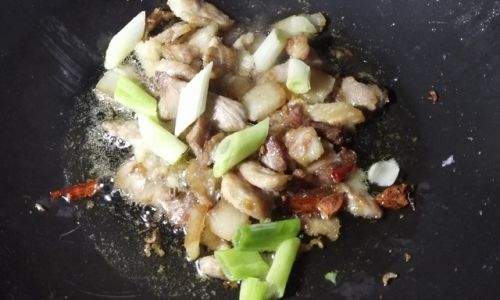
-
Cleaning: Rinse the gizzards under cold running water. Use a sharp knife to trim off any fat, sinew, or tough membranes attached to them. This step is crucial for ensuring even cooking and a pleasant eating experience.
-
Soaking: Soak the cleaned gizzards in a mixture of cold water and a tablespoon of vinegar or lemon juice for about 30 minutes. This helps to draw out any blood and further cleanse them, enhancing their flavor.
-
Blanching: After soaking, blanch the gizzards in boiling water for about 2-3 minutes. This preliminary cooking step tightens the meat’s structure, making it easier to achieve a crispy exterior later. Drain and pat them dry with paper towels to remove excess moisture.
Seasoning for Flavor Depth
Seasoning is key to elevating the simple gizzard to a gourmet experience. A blend of aromatic spices and herbs can transform their earthy flavor into something more complex and inviting.
-
Basic Seasoning: Start with a foundation of salt, black pepper, and garlic powder. These basic spices enhance the natural flavors of the gizzards.
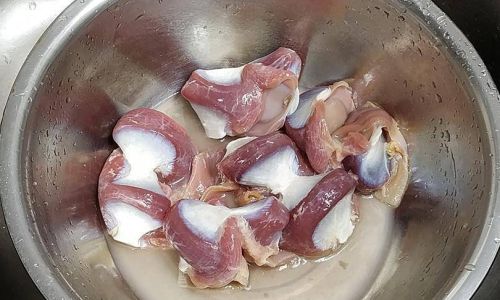
-
Chinese-Inspired Seasoning: For a more adventurous twist, consider a blend inspired by Chinese cuisine: soy sauce, Shaoxing wine, five-spice powder, and a pinch of white pepper. Marinate the gizzards in this mixture for at least an hour, preferably overnight, to allow the flavors to penetrate deeply.
-
Herbal Infusion: Add a handful of fresh or dried herbs like thyme, rosemary, or oregano to your marinade for an aromatic boost. The herbs not only flavor the gizzards but also contribute to their overall appeal.
Cooking Techniques for Crispiness and Tenderness
Achieving the perfect balance of crispiness and tenderness in duck gizzards requires careful selection of cooking methods. Here are a few techniques that yield excellent results:
-
Pan-Searing and Oven Finish:
- Preheat your oven to 375°F (190°C).
- Heat a heavy-bottomed skillet over medium-high heat with a small amount of oil.
- Sear the seasoned gizzards on all sides until they develop a golden-brown crust, about 2-3 minutes per side. This locks in juices and creates the desired crispy exterior.
- Transfer the seared gizzards to a baking sheet and finish cooking in the oven for about 10-12 minutes, or until they reach an internal temperature of 165°F (75°C). This ensures they are cooked through but still retain their moisture.
-
Deep-Frying:
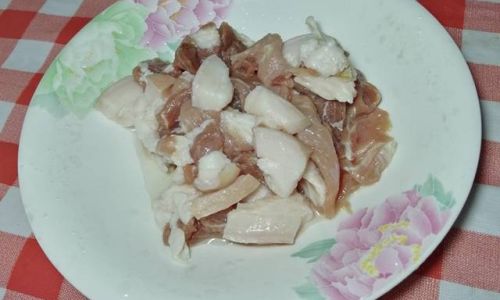
- For an extra-crispy texture, deep-frying can be employed. Preheat your frying oil to 350°F (175°C).
- Pat the marinated gizzards dry thoroughly to avoid splattering.
- Deep-fry them in batches for about 3-4 minutes, or until golden brown and cooked through. Use a thermometer to maintain the oil temperature for consistent results.
- Drain on paper towels to remove excess oil.
-
Pressure Cooking:
- For tender gizzards with minimal effort, a pressure cooker can be a game-changer.
- Add the seasoned gizzards, along with a small amount of liquid (such as chicken broth or the marinade), to the pressure cooker.
- Cook on high pressure for about 20-25 minutes, then quick-release the pressure.
- Finish by searing the pressure-cooked gizzards in a hot skillet to achieve the desired crispy exterior.
Serving Suggestions
Crispy and tender duck gizzards can be enjoyed in various ways. They pair wonderfully with a simple stir-fry of vegetables, adding texture and depth to the dish. For a more indulgent meal, serve them over a bed of steamed rice or noodles, allowing the juices to soak into the grains, making every bite a delight. Alternatively, they can be used as a topping for salads or incorporated into wraps and tacos for a unique flavor profile.
Conclusion
Mastering the art of cooking duck gizzards to achieve that perfect balance of crispiness and tenderness is a rewarding culinary endeavor. By paying attention to detail during the selection, preparation, seasoning, and cooking processes, you can transform these often-undervalued ingredients into a dish that is not only satisfying but also memorable. Whether you opt for pan-searing, deep-frying, or pressure cooking, the key is to experiment and find the method that best suits your taste preferences and cooking style. With the right techniques and a touch of creativity, duck gizzards can become a star attraction on your dining table, making every meal a delightful experience. So, the next time you’re at the market, consider picking up some duck gizzards and embark on a culinary journey that promises both culinary satisfaction and a newfound appreciation for this often-overlooked ingredient.
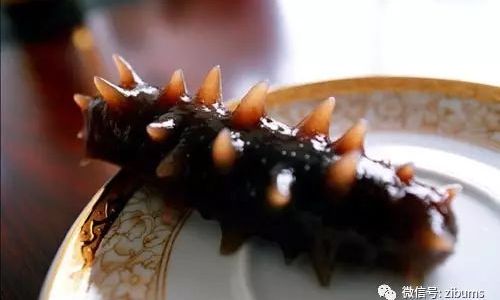
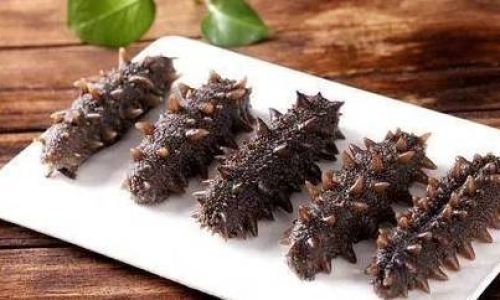
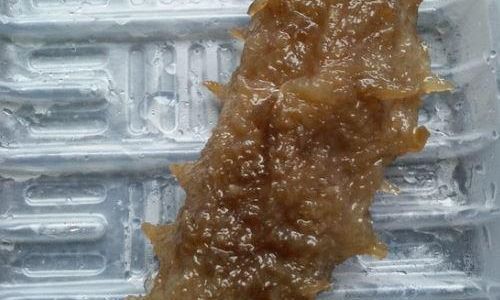



0 comments